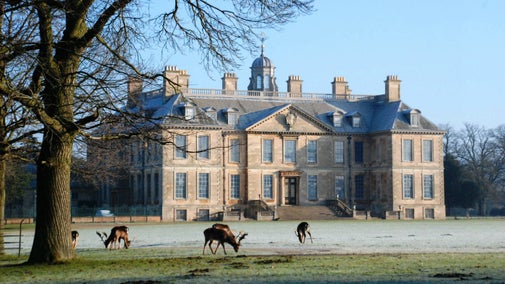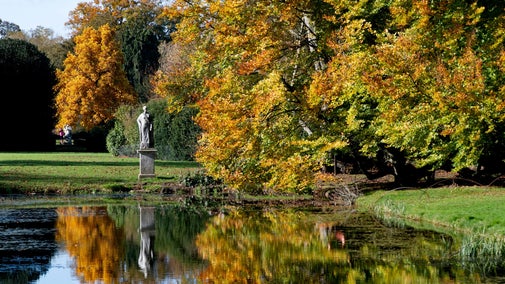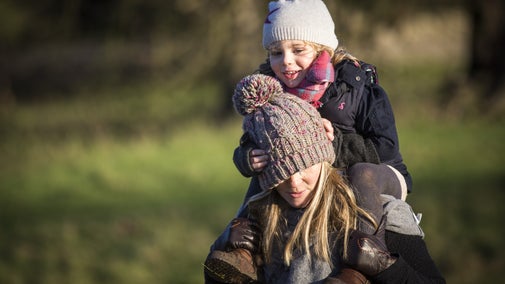Belton Park walk
Nottinghamshire & Lincolnshire
Explore the park and woodland with historical highlights on this circular walk. The route passes through ancient woodland and diverse wildlife habitats. Look out for historic structures and the site of a deserted medieval village. You can pick up a parkland map leaflet from the Information and Accessibility Hub on your visit.
Near to
Belton EstateStart point
Belton main car park, grid ref: SK928391Trail information
Livestock
All dogs must be kept on leads due to grazing deer and sheep in the park.
More near here
Belton Estate Riverside walk
A short riverside walk along the River Witham in Belton Park. Lincolnshire.

Get in touch
Our partners

We’ve partnered with Cotswold Outdoor to help everyone make the most of their time outdoors in the places we care for.
You might also be interested in
Belton Estate
Exploration and relaxation for the whole family

Visiting Belton House
Packed full of treasures, discover a mansion bursting with history. Belton's collection tells a story rich in global history and our work will focus on bringing those stories to life.

Visiting the gardens at Belton
Explore the gardens at Belton, including the Italian Garden, a Conservatory and a Dutch Garden with formal bedding schemes. Whatever time of year you visit, the shifting seasons provide a great variety of colour and wildlife to see.

Eating and shopping at Belton
Rest and refuel in a historic setting or treat yourself to something special to take home. Find out about our dog-friendly café and other places to eat and shop.

Visiting Belton with your dog
Belton is a three pawprint rated place and offers plenty of opportunities for bounding, jumping and sniffing for dogs. With 1,300 acres to explore, come and join us for a wander with your four-legged friend.

Belton's collection
Take a closer look at 400 years of ambitious collecting, where treasures include English portraiture, Oriental ceramics and a restored lapis lazuli cabinet.

Family-friendly things to do at Belton
Explore our fun family day out ideas, including our indoor play area and outdoor adventure playground. Make the most of your day out with the kids at Belton.

